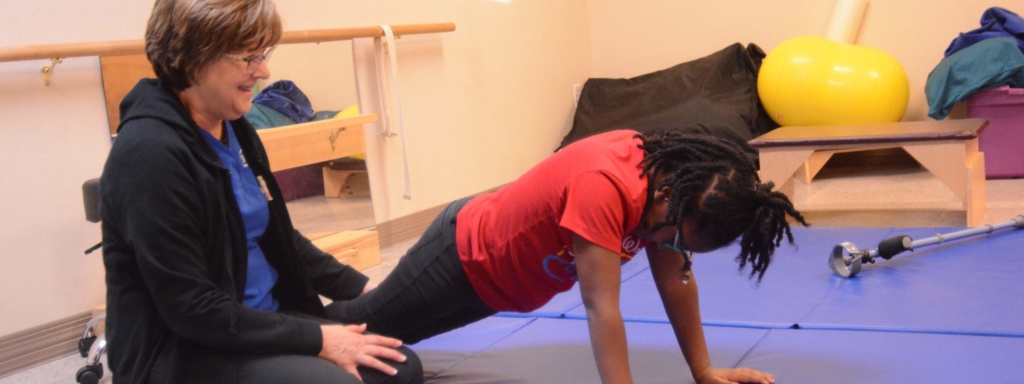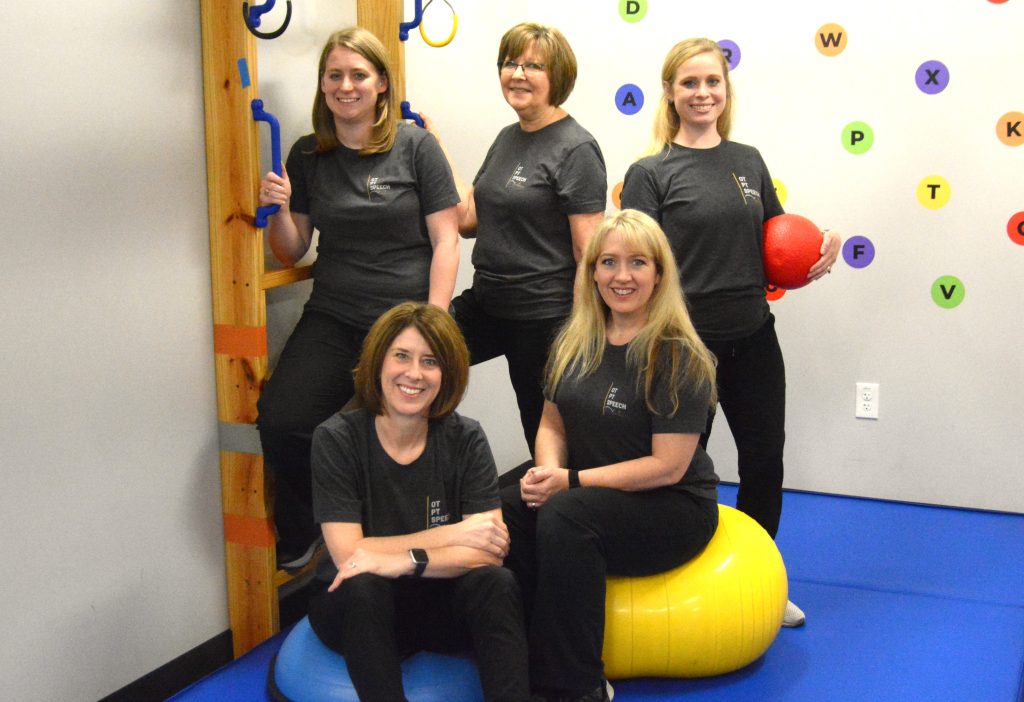Pediatric Physical Therapy


Physical Therapy is often referred to as PT. Pediatric Physical Therapy uses creative and meaningful activities to help a child fully move, navigate, explore and interact within their environment.
Physical Therapists use their expertise in movement to provide services aimed to improve mobility, develop or restore function, improve or restore joint motion, alleviate pain, improve strength and endurance, enhance learning opportunities, prevent or decrease permanent physical disabilities and promote overall health and wellness.
A Physical Therapist may evaluate and treat the following:
- Difficulties in movement and mobility
- Muscle weakness
- Balance/Coordination/Motor Planning
- Recreation, play, and leisure skills
- Adaptive equipment/technology needs
- High or Low muscle tone
- Posture, alignment, and positioning
- Joint motion and function
- Gait abnormalities
- Cardiopulmonary endurance
- Object manipulation/ball handling
Physical Therapy Credentials
A physical therapist (PT) must be a graduate of an accredited educational program. All physical therapists must have a current license issued by their state board.
A physical therapy assistant (PTA) must be a graduate of an accredited educational program and must have a current license issued by their state board. A PTA can provide treatment, but cannot perform an evaluation or establish a treatment plan. When a PTA provides treatment, they are supervised by a PT through consultation and the patient must be evaluated again by the PT at least monthly.


